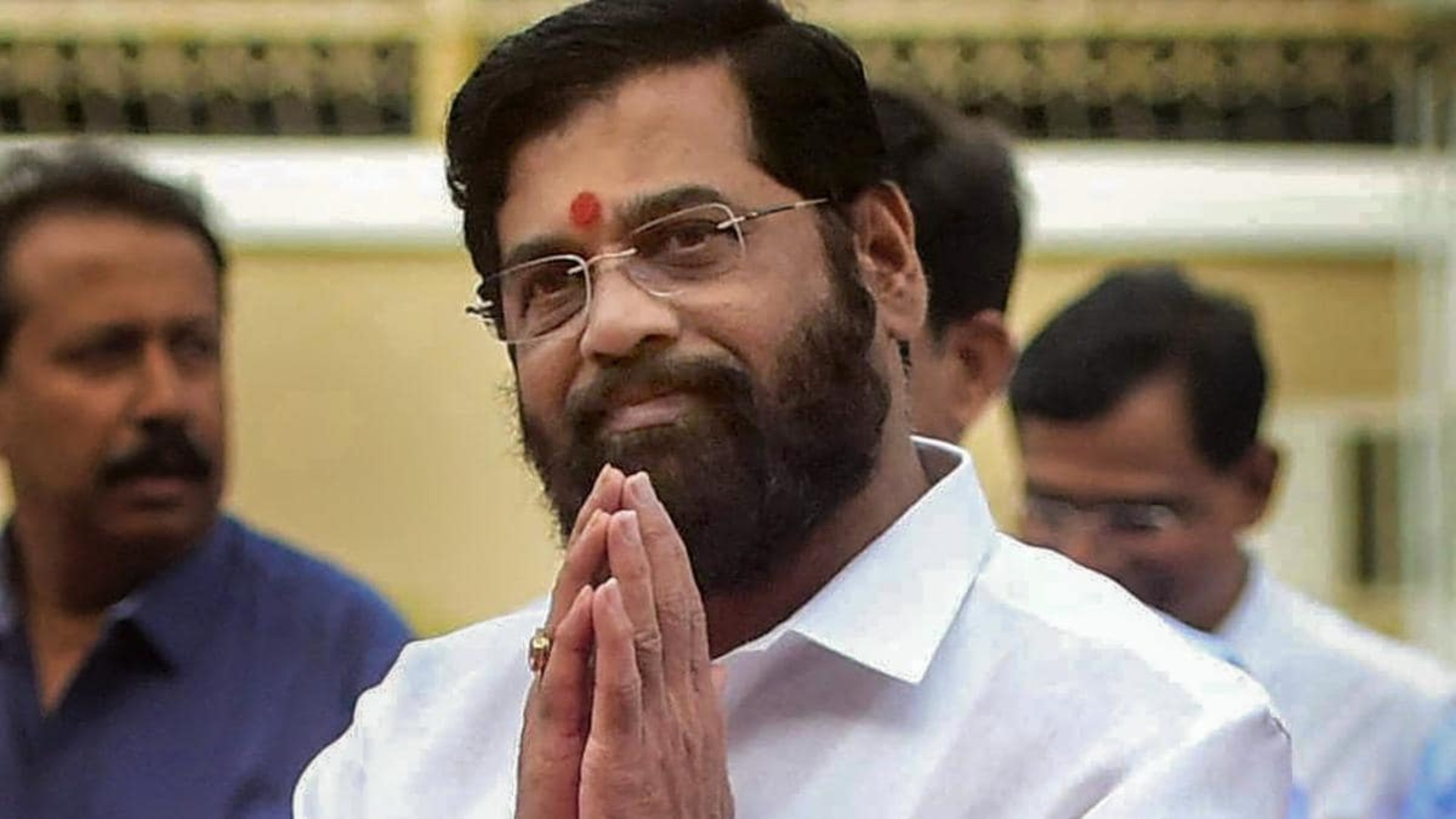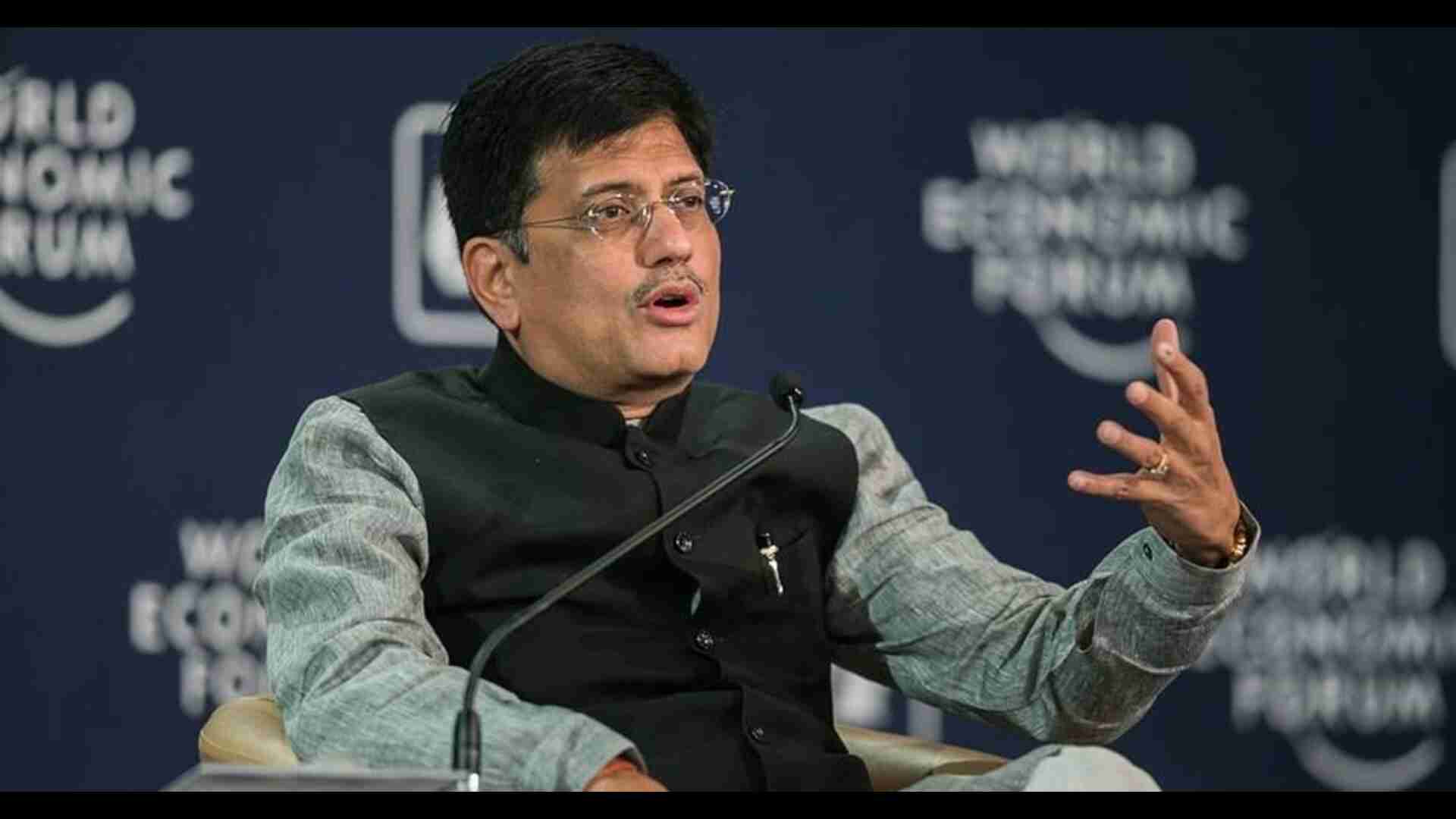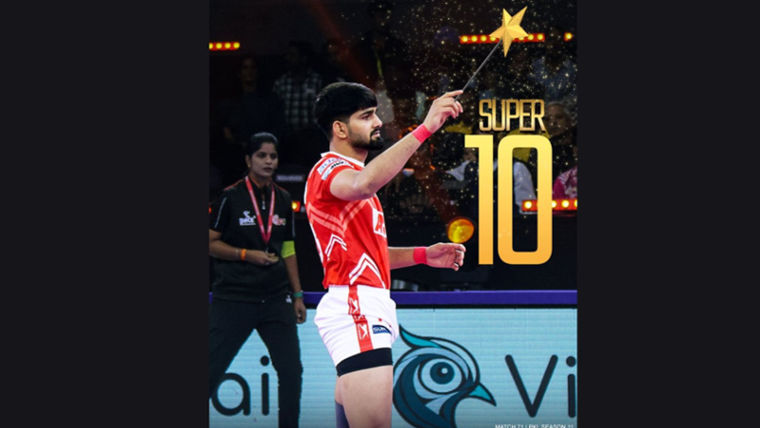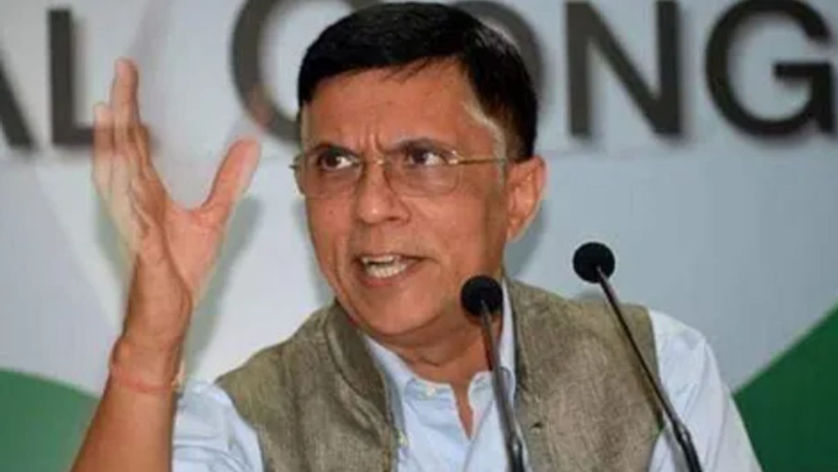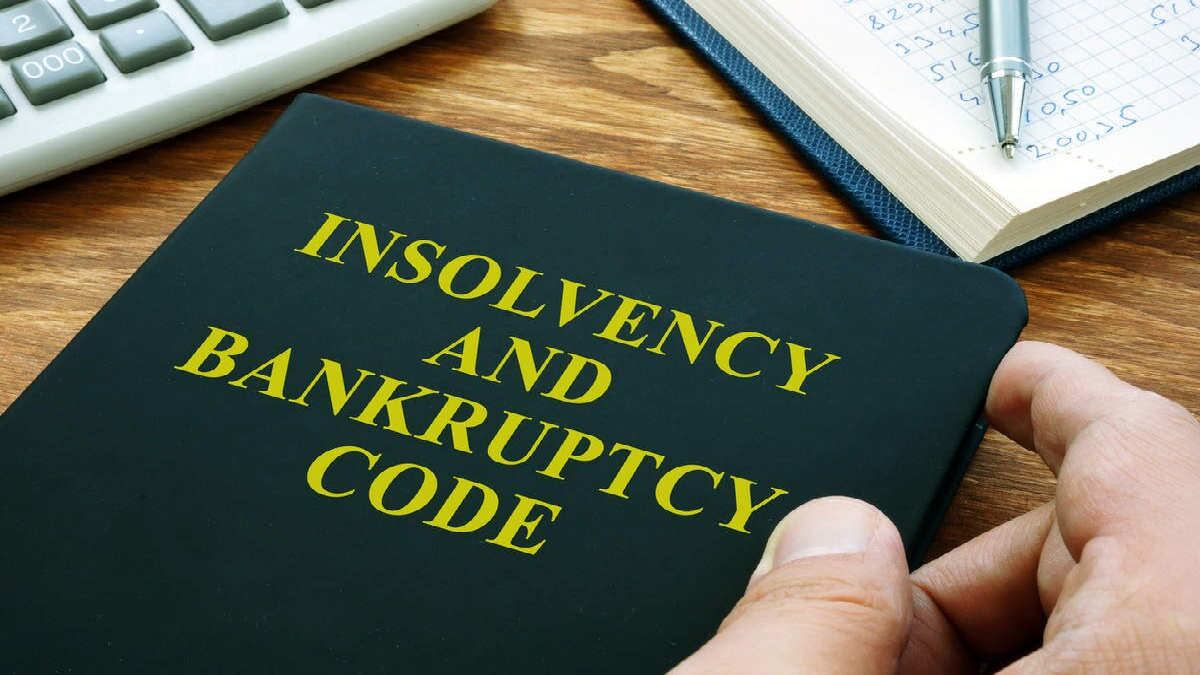
Looking at the challenges in the Company Law , the Government of India came up with The Insolvency & Bankruptcy Code, 2016 (IBC), a robust mechanism for time bound resolution of dispute of corporate entities in financial distress. Since, this code has been an evolving legislation therefore, in past few years it is noticed that many ordinances and amendments have been brought in the code. Among all, Insolvency and Bankruptcy Code (Amendment) Act, 2017; played a crucial role by inserting section 29A in the code, which created a drastic change, so as far as implementation of the objective and spirit of this code is concerned i.e. timely resolution.
Before this amendment, IBC had no framework to prevent promoters to regain control over their companies in default. This could defeat the purpose and intent of the code. Therefore, to avoid such mishap, legislator introduced section 29A to disqualify such persons. The rationale behind this was to instil fear among promoters so that they take wise decision to avoid failure of their companies and must be at arm’s length to enable an independent entity to take control of their defaulting entity. In view of foregoing, whenever a resolution plan is submitted before Committee of Creditors (COC), the role and interest of promoters need to be seen with a magnifying glass.
It has been seen in recent times that the Adjudicating Authority in its few decisions has permitted the promoters to submit their resolution plan after the company has been declared insolvent. Although, such decisions were highly praised by many scholars as it safeguarded the revival of defaulting entity, however, authors verily believe that this will subsequently dilute the intent and purpose of section 29A and will ultimately defeat the objective of this code.
Jurisprudence of section 29A, Sec 12A and regulation 30A: Does it mean rolling the clock back or providing a new dimension?
As discussed above, section 29A was inserted in the code to disqualify certain persons from submitting resolution plan to avoid reoccurrence of default of the company. However, later on, this provision was criticized by many scholars as there were many cases wherein the insolvency proceedings were initiated not due to wrong business decisions of the promoters but due to happening of contingent events and the Adjudicating Authority felt prudent that such promoters should be given one more opportunity to regain the control over their companies.
Keeping above events in mind, section 12A in the code & regulation 30A in Insolvency and Bankruptcy Board of India (Insolvency Resolution Process for Corporate person), 2016, were introduced which provided promoters to regain the control over their company but with the approval of ninty percent (90% )of COC. However, such withdrawal can only be permitted if it is requested before the bidding process. Therefore, these provisions provided a new dimension to the code, as it intended to provide a balanced solution for safeguarding the interest of the promoters and intention of the code. However, based on judgments discussed below, the authors share their own views.
Judicial trends creating uncertainty
Let us examine few cases on the subject:
In Essar Steel India Limited v. Satish Kumar Gupta & Ors, initially COC raised question on the eligibility of the prospective bidder (Arcelor Mittal) & Nu-metal under section 29A of the code. In spite of the fact that, Arcelor Mittal offered 25% higher than other bidders devoid of this, the promoters were barred from offering a bid due to the ineligibility under section 29A. Promoters also attempted to invoke section 12A to withdraw their application from Corporate Insolvency Resolution Process (CIRP); however, failed to get approval of lenders. But later on, Supreme Court of India allowed promoters to submit resolution plan stating it to be an exceptional circumstances. Keeping aside the commercial viability of the plan, authors believe that this will dilute the intent and purpose of section 29A. As rationale behind inserting this section was to disallow promoters of the companies to submit the resolution plan.
Subsequently, the judgment of Brilliant Alloys Private Limited v. S. Rajagopal brought new dimension by interpreting that the introduction of regulation 30A is directory in the nature and Adjudicating Authorities may permit promoters to withdraw their application from insolvency proceedings with the approval of COC under section 12A, even after submission of Expression of Interest (EOI) but in exceptional circumstances.
Authors would like to shed light, that the Court did not clarified what is meant by, neither laid down any definitive test to determine the same; as it will provide opportunity to promoters to withdraw insolvency proceedings after EOI by stating it as exceptional circumstances.
The above judgments does not provide any rational basis and therefore the stop gate to promoters by section 29A is getting withered away. Later on, the effect of above decisions was also seen in the case of Andhra Bank v. Sterling Biotech; wherein the promoters of corporate debtor offered to creditors for a one time settlement proposal and requested for withdrawal of application under section 12A of the Code. Here, the moot question was; whether promoters can withdraw the insolvency application during CIRP because law permits such withdrawal before EOI only? But in the instant case, the National Company Law Appellant Tribunal (NCLAT) allowed promoters to withdraw the application under section 12A as COC has given approval of more than 90%. Appellate tribunal also held that section 29A is not applicable when promoters rely on section 12A.
In view of foregoing, it seems section 12 A is uncontrolled by section 29A. Additionally, NCLAT ordered promoters to pay off the dues within thirty (30) days of the order of tribunal or failing which, liquidation proceedings will commence. This decision was highly praised by many scholars as it was considered to be a positive step towards safeguarding the interest of promoters and it was anticipated that creditors will be benefited by execution of the resolution plan. Months have been passed, but promoters have not yet paid the money and now requesting an additional time of six months (6) from the NCLAT to repay their dues. Ironically, NCLAT has not even initiated liquidation process against the company yet. This case has raised several questions regarding the sanctity of the withdrawal process. Moreover, this case has become a classic example about the implementation of section 29A in the code.
Conclusion
The above analysis suggests that the intention and objective of the code was revival of the corporate entities in a time bound manner. However, after going through above cases, it is evident that the IBC has failed to comply with the timeline of 330 days as envisaged under the code and this has impacted the confidence of investors intending to participate in the bidding process of such defaulting entities.
Keeping in mind the above objective, the introduction of section 29A to disqualify certain persons, who should not take benefit of their own wrong and therefore, should not be given another opportunity to regain control over the defaulting entities. However, with the introduction of section 12A and few decision discussed above, the dilution of section 29A is clearly evident. The consequences of such dilution can be easily witnessed in the case of Andhra Bank.
Moreover, authors believe that tribunal should be cautious enough not to interfere unless, it is a rarest of the rare case. But at the same time, tribunal should lay down the standard test to assess what comes under the category of exceptional circumstances. Merely, by giving rationale that a particular case falls under the above category; will open the door for arbitrariness which will prejudicially affect the interest of investors. Adjudicating Authority should comply with the intent and purpose of section 29A, 12A & regulation 30A along with the jurisprudence on the subject by complying the doctrine of Ejusdem Generis.
It is therefore, high time that even if a benefit is intended to be given to the bonafide promoter, the yardstick should be fixed by the legislature, wherein the above provisions be combined with section 29A as a genus and section 12A & regulation 30A as species so that the objectives of the code are achieved in its true spirit.
Prof (Dr.) R.K. Chopra is Professor at UPES, School of Law, Dehradun and Abhijeet Srivastava is a final year law student at UPES, School of Law, Dehradun.
